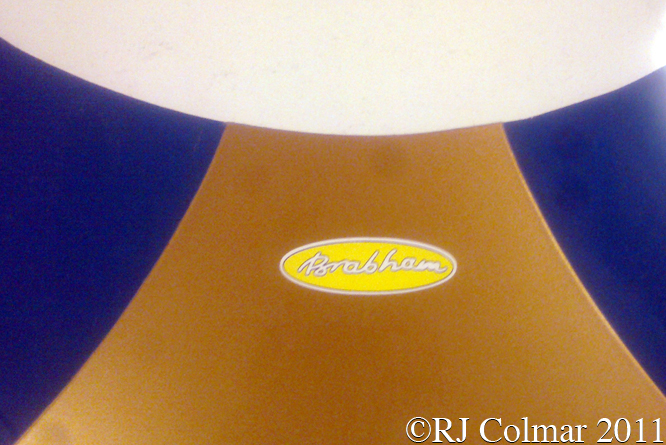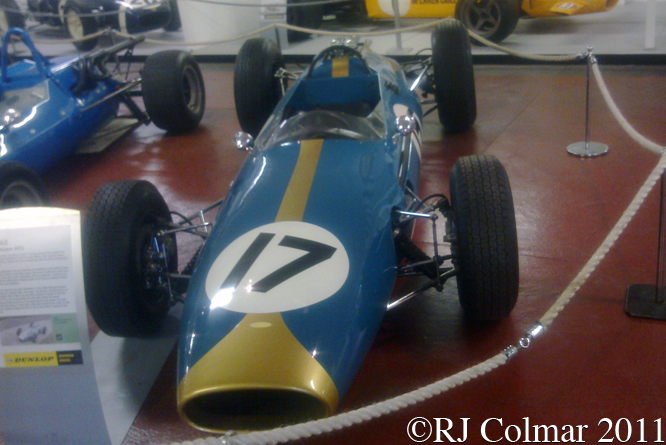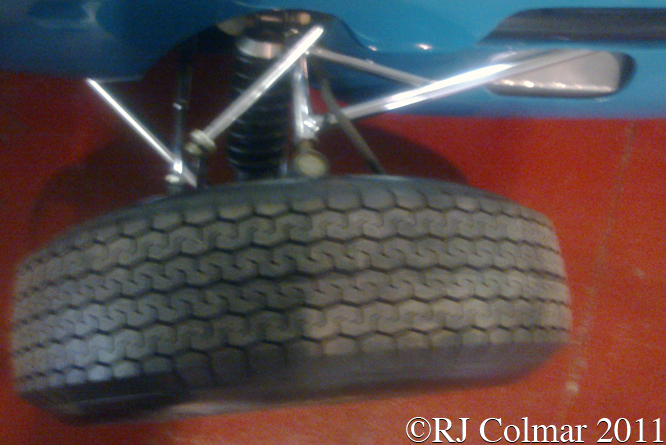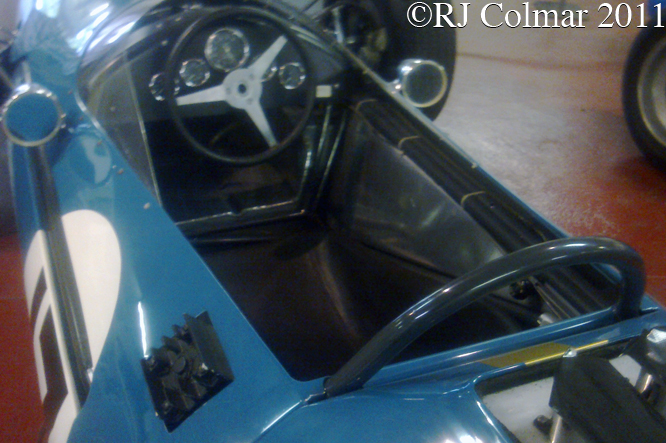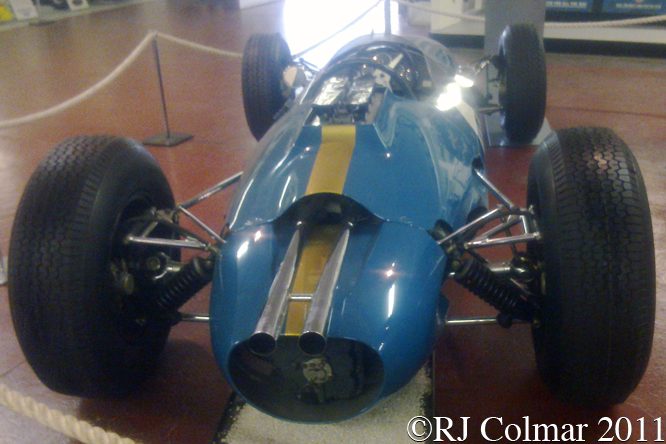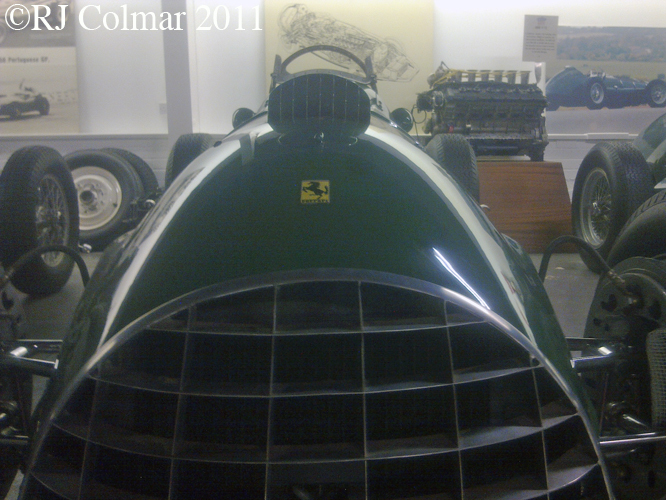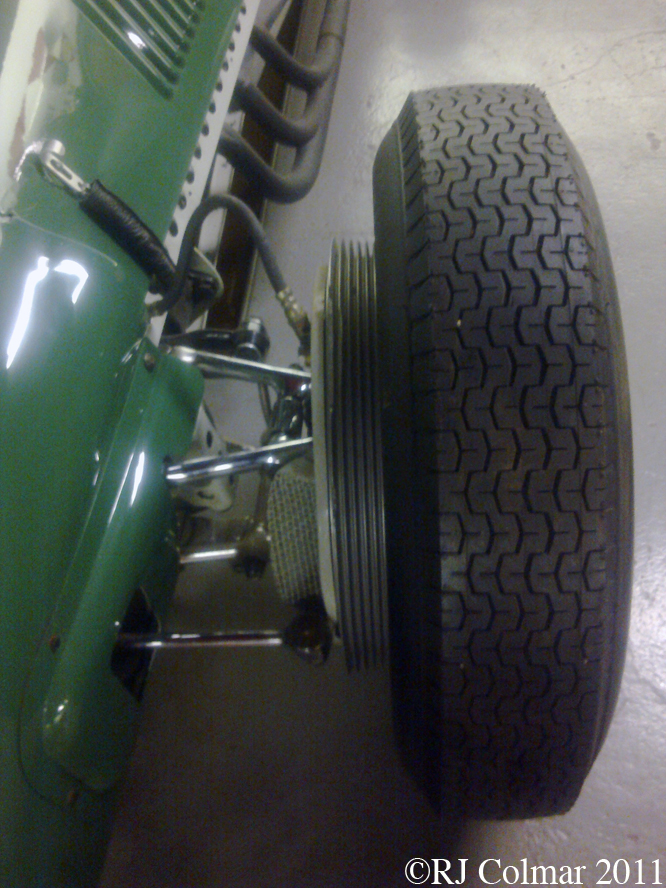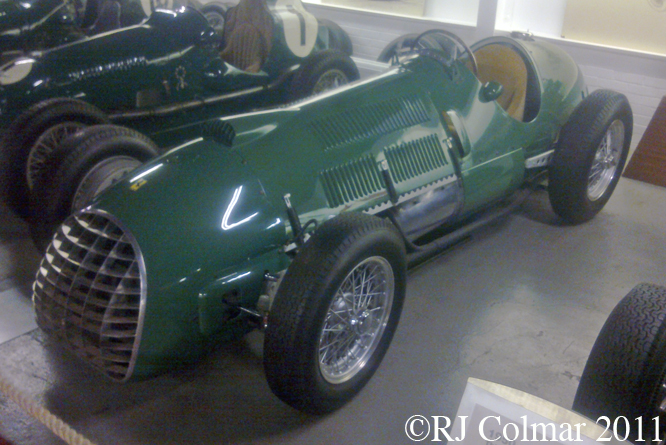For 1951 Cooper built the Mark V to compete in “500” Formula 3 events, the Mark 5 has also been given the retrospective Cooper T15 moniker.
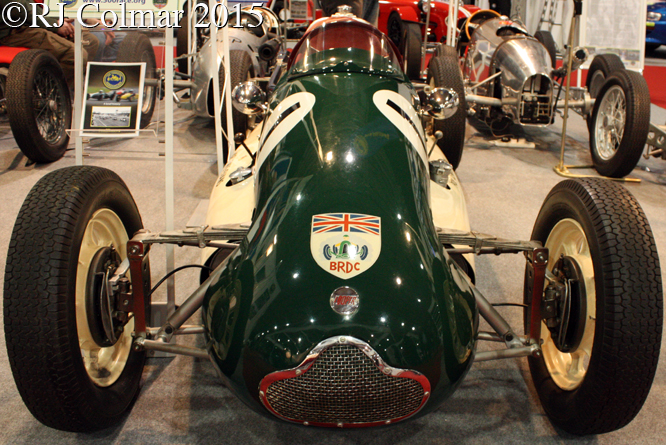
Improvements over previous “500” Coopers listed in their contemporary advertisements included a completely redesigned chassis, lighter body with hinged top panels for easy access fore & aft, reduced weight, smaller frontal area and rubber suspended alloy side tanks.
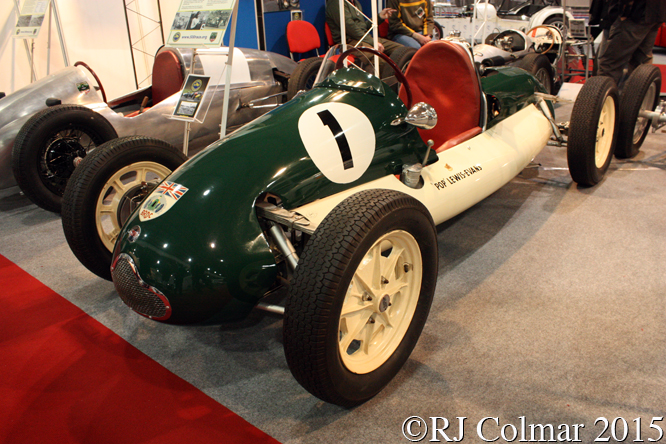
A Mark 5 chassis could be supplied for £500 without an engine or £582 with a JAP excluding taxes, customers for the Mark 5 included a Mr Bernhard “No Angel” Ecclestone and a semi works team run by Ecurie Richmond with drivers Eric Brandon, who became the inaugural 1951 National Formula 3 Champion and Alan Brown was run alongside the team of works drivers Ken Carter and Bill Whitehouse.
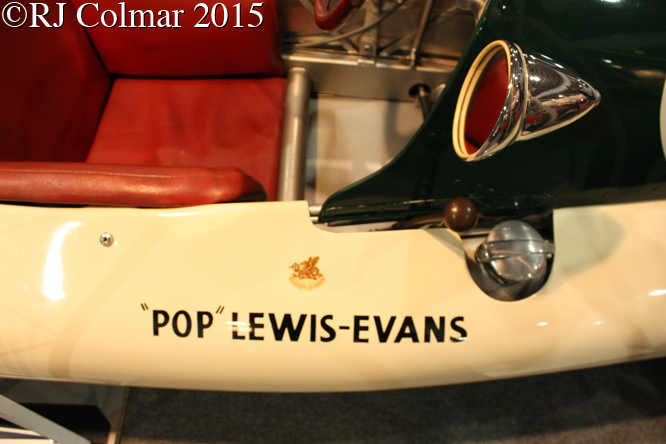
Today’s featured Mark 5 was modified to accommodate the larger frame of works driver “Big” Bill Whitehouse who raced the car in the UK, Italy and Germany during the 1951 season scoring a win at Silverstone and many podium finishes.
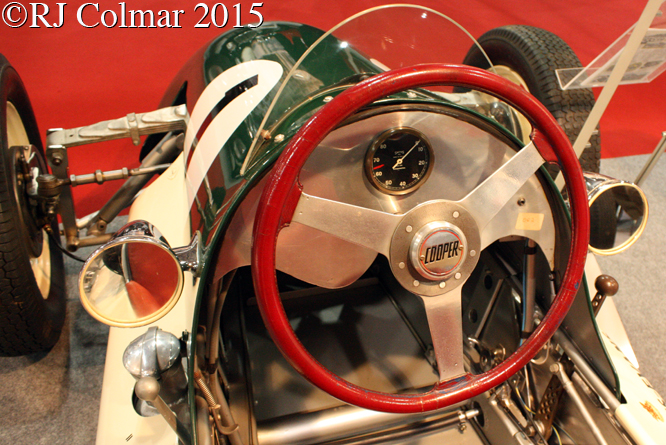
The following season it was bought by Lewis “Pop” Lewis-Evans who shared the driving duties, with an emerging talent, his son Stuart who scored wins at Silverstone, Brands Hatch and finally at Chimay in Belgium during the 1952 season.
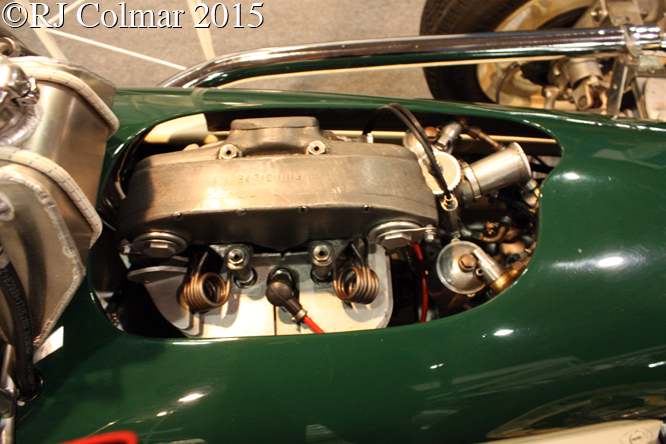
Over the winter of 1952 ’53 a lowline body work was fitted to the car to capitalise on Stuarts 5′ 4″ frame, this kept the car competitive for 1953 before it found it’s way to Tom Wheatcroft’s hands in 1954.
The car remained in Tom’s Donington Collection until 2014 when the current owner acquired it and restored for racing this season.
Thanks for joining me on this Large & Small edition of “Gettin’ a li’l psycho on tyres” I hope you will join me again tomorrow when I’ll be looking at Jim Clarks 1965 World Championship winning Lotus 33. Don’t forget to come back now !
03/05/15 PS Yesterday I learned from Doug Nye that Stuart Lewis-Evans was one of the earliest racers to use seat belts, this link shows Stuart wearing what appears to be seat belts of a type designed for use in aircraft at the Crystal Palace meeting in July 1953.
The Lewis-Evans family also had a novel way of carrying their Cooper atop their Land Rover as seen in this link.


